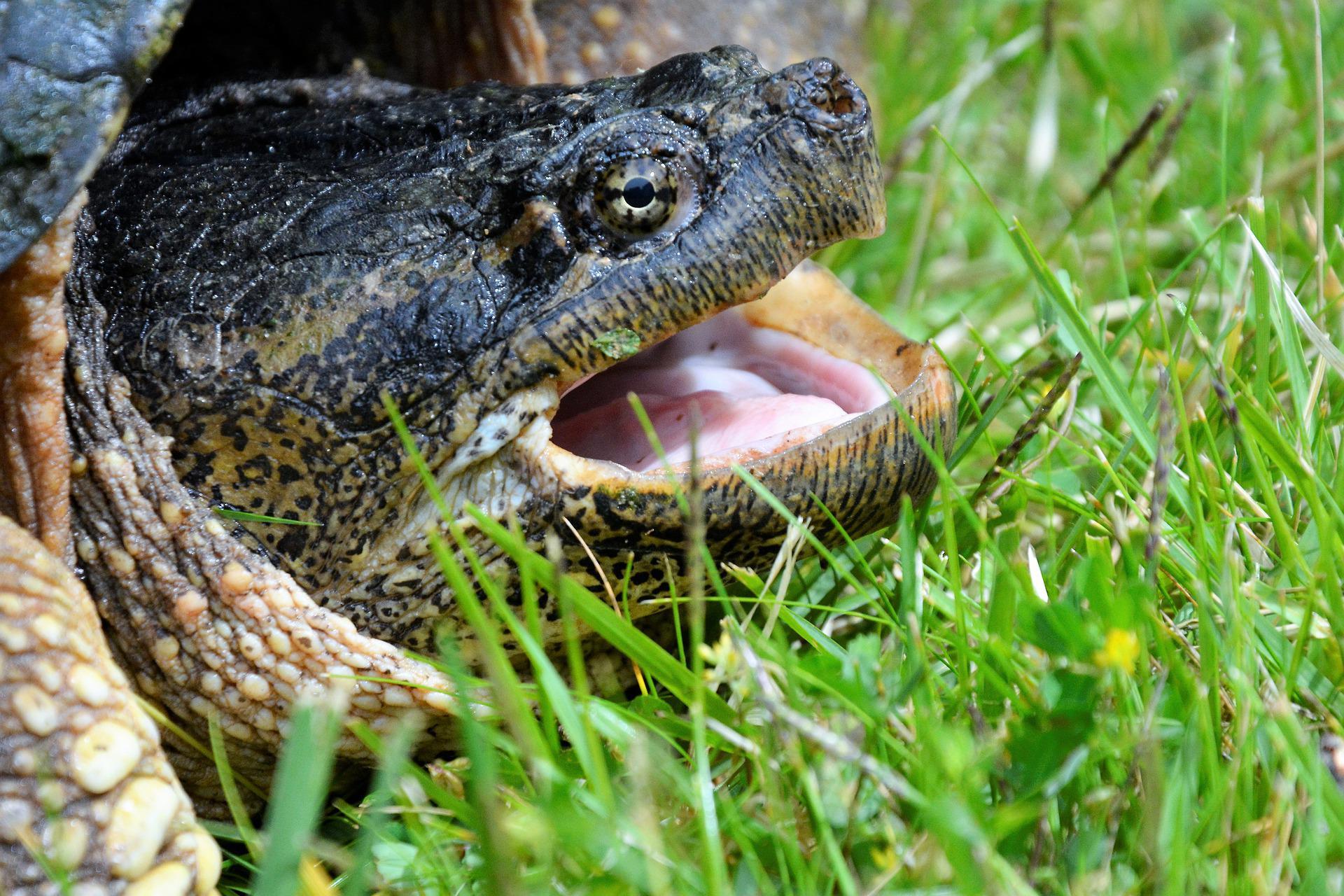You are here
Deeming a Lawn a ‘Success’ Can Be a Shell Game
Deeming a Lawn a ‘Success’ Can Be a Shell Game
By Thomas Christopher
I recently posted on social media a rueful account of my efforts to maintain a 40-square-foot turf path in front of my Berkshire home. Running down the center of a small court, which I paved myself with locally collected glacial cobbles, the strip of sheep fescue grass nicely softens the appearance of the pavement.
Or it did, until a plague of Japanese beetle grubs ate the roots of the grass. I sprayed the area with a type of parasitic nematode that selectively kills the grubs, leaving other creatures alone. Then I waited until early fall, removed the dead turf, raked the soil smooth, and sowed more sheep fescue seed. That very evening my wife Suzanne and I were entertaining dinner guests when our 7-month-old puppy became obstreperous. I shooed him out the door. Soon after I returned to the table, I looked out and saw the puppy excavating a series of pits in the freshly seeded area.
My guests’ sympathy was clearly with the cute puppy. The next morning, though, I re-raked and reseeded, then surrounded the area with a poultry-wire fence.
Early last June, I noticed that the grass had grown in nicely, and I decided it was time to remove the fence. The dog has calmed down, though he still likes to dig, but I calculated that he’d leave the now established turf alone. Before I got to this task, however, a large female snapping turtle climbed the slope from the beaver pond below our house and began searching our front yard for a place to lay her eggs. The dog went to investigate, but I managed to grab him before he lost his nose. I dragged him into the house; when I looked out again, I found the turtle had somehow forced its way under the fence and was busy digging a nest in my grass for her eggs.
When the turtle finished, she proved unable to find her way out under the fence. I had to hold the wire up as the turtle lunged at me with her very formidable jaws. Eventually she departed, but I was left with the realization that I would have to wait 80 to 90 days until the eggs hatched before I could yet again rake and reseed.
What surprised me was the response of online readers to my story. Most indicated amusement; many asserted that Nature hates lawns and that it was sending me a message to plant something else.
I share the widespread concern with the environmentally unfriendly character of the traditional American lawn. That’s why I had severely limited the size of my planting and chosen sheep fescue as my grass. Unlike fertilizer-hungry Kentucky bluegrass, the traditional choice for lawns in the northeastern United States, sheep fescue thrives on soils of modest fertility and is quite drought tolerant so that it almost never needs watering.
Another charge leveled against lawns is that they lack biological diversity and don’t support wildlife. I had interplanted my grass with early spring bulbs such as snowdrops and crocuses and I have been experimenting with adding wildflowers such as the locally endangered violet wood-sorrel. Sheep fescue is well adapted to this because unlike Kentucky bluegrass, sheep fescue grows as individual clumps, so that other plants can find spaces within the lawn. Because it is slow growing, sheep fescue also needs only very occasional mowing. Indeed, Suzanne (who does the mowing) cuts it only a couple of times a year. And of course, turf is also much more tolerant of foot traffic than anything else I might plant.
So I’ve decided to persist. Suzanne has suggested that we deposit a pile of sand at the end of the gravel driveway so that future snapping turtles will have somewhere else to nest. I plan to treat the path with milky spore disease, a bacterium that also attacks Japanese beetle grubs and which, unlike the nematodes, can persist in the soil for many years. The Berkshires are supposed to be too far north for the milky spore to flourish, but I applied it to the rest of the lawn some time ago and have not since had problems with Japanese beetles there.
Anyway, this experience hasn’t been all bad. It has reminded me of childhood summers spent helping out on family farms. The farmers, as I recall, were fundamentally resigned and genuinely curious about what dirty trick Nature was going to play on them next. That turtle made me feel like a boy again.
Thomas Christopher is a volunteer at Berkshire Botanical Garden and is the author or co-author of more than a dozen books, including Nature into Art and The Gardens of Wave Hill (Timber Press, 2019). He is the 2021 Garden Club of America’s National Medalist for Literature, a distinction reserved to recognize those who have left a profound and lasting impact on issues that are most important to the GCA. Christopher’s companion broadcast to this column, Growing Greener, streams on WESUFM.org, Pacifica Radio and NPR and is available at berkshirebotanical.org/growinggreener.
Help Our Garden Grow!
Your donation helps us to educate and inspire visitors of all ages on the art and science of gardening and the preservation of our environment.
All donations are 100 percent tax deductible.


